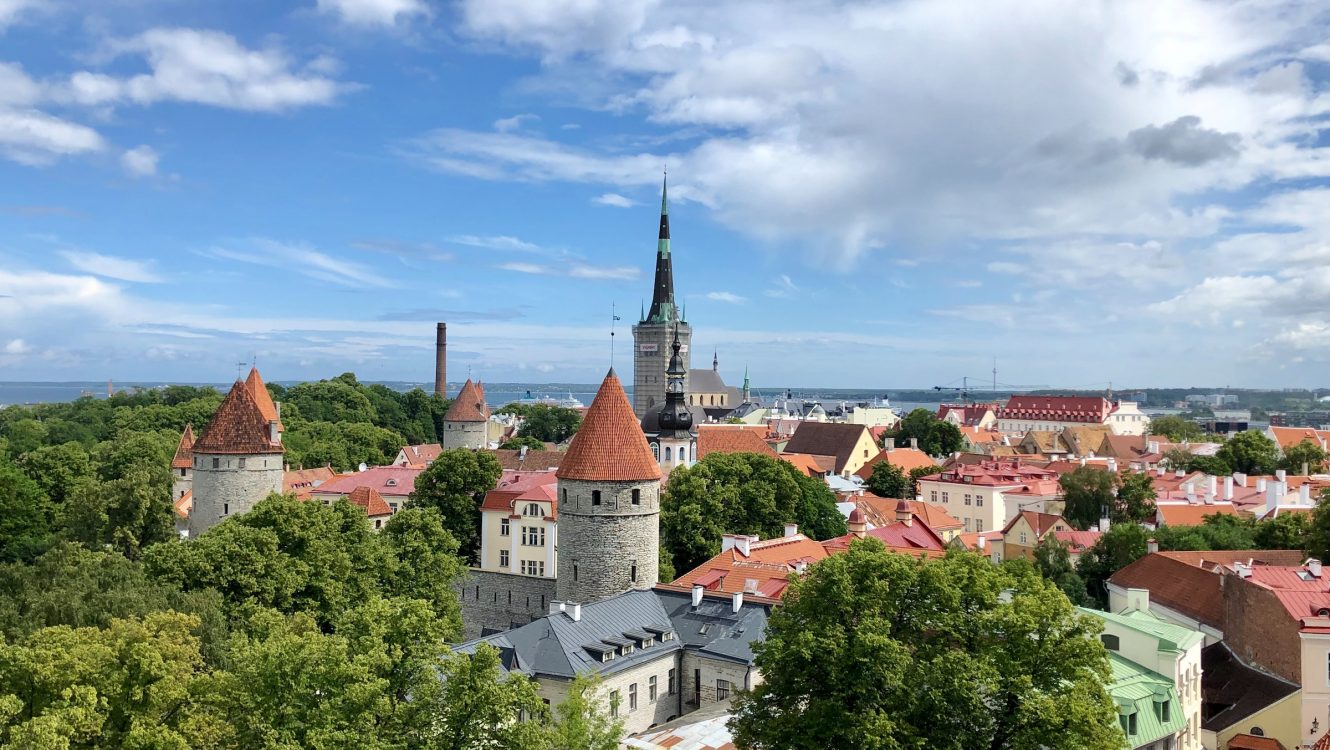Tallinn Embraces Nature: The Impact of European Green Capital 2023
TALLINN, Estonia — As the curtains draw on Tallinn’s year as the European Green Capital of 2023, one cannot help but notice the ripple effect it has had on the Estonian capital’s environment, urban spaces, and its citizenry. From revamped public squares to ambitious environmental projects, Tallinn has showcased its commitment to greener living.
The Heartbeat of Tallinn’s Old Town
For anyone familiar with Tallinn, the Town Hall square has always been the bustling epicenter of life. Historically, this space was a melting pot of social exchanges, from vibrant farmers’ markets to iconic Christmas celebrations. Yet, for two decades, a simple pleasure eluded its residents: the ability to relax and enjoy the square without patronizing surrounding establishments.
That changed dramatically in the summer of 2023. The square blossomed into a thriving temporary park, replete with wooden benches, blooming flowers, saplings, and an open-air library. Kaidi Põldoja, the steward of Tallinn’s urban planning department, shared, “The feedback has been amazing. People were initially skeptical, anticipating mere greenwashing, but we’ve proven our commitment.”

Only in harmony with nature does humanity have a chance of survival and development
European Green Capital: A Symbol of Change
The European Green Capital (EGC) initiative by the European Commission has been a beacon for cities keen on adopting a sustainable future. Awarded in 2021, Tallinn had two years to prep for this prestigious title, a journey that started right in Tallinn back in 2006.
For a country as compact as Estonia, the significance of this award was profound. “Estonia is small. Tallinn is our only big city, so our learning has been predominantly from other European capitals,” reveals Põldoja.
But it’s not just about accolades. Tallinn’s deputy mayor, Vladimir Svet, believes that being a Green Capital is fundamentally an attitude. “It’s about making enduring decisions, even if they might be unpopular today, with the vision of genuinely transforming Tallinn into a green city.”
Tactical Urbanism: Green Tracks and Pollinator Highways
One of the standout initiatives during Tallinn’s reign as the EGC has been the ‘Green Tracks’ project. The aim? Infusing pockets of green into every corner of the city.
The speed and efficiency of these projects, a strategy known as ‘tactical urbanism’, has bypassed conventional bureaucratic hurdles. Põldoja remarks, “The changing climate and the lessons from the COVID pandemic have reiterated the need for swift solutions.”
From hexagonal plant boxes reflecting the intricacy of bee hives to the mammoth 14-kilometre Pollinator Highway project, Tallinn’s efforts have been both symbolic and tangible.
Engaging Citizens: Cleaning up the Baltic Sea
The Baltic Sea, sadly one of the most polluted globally, has been another area of focus. Efforts to mobilize residents for its welfare have been commendable. Volunteer-driven beach cleanups and initiatives like the ‘World Cleanup Day’ have seen thousands come together to make a tangible difference.
What Lies Ahead for Tallinn?
As the European Green Capital title shifts to another city, the question arises: What next for Tallinn?
Ivo Arro, a prominent architect, believes that sustainability is an ongoing journey. “It’s a continuum,” he says. The strides made in the past year have fast-tracked several green initiatives. Vladimir Svet acknowledges the impact of the EGC title, saying, “It saved us years of deliberation and allowed smoother, more efficient decision-making.”
In Conclusion
Tallinn’s year as the European Green Capital has not just been about projects or initiatives. It’s been a cultural shift, a redefining of priorities, and a demonstration of what cities can achieve when sustainability is at the core of their vision. As the year concludes, Tallinn stands as a beacon for other cities, exemplifying that green transformations, while challenging, are both possible and essential.
©globalgreenhouse.eu


